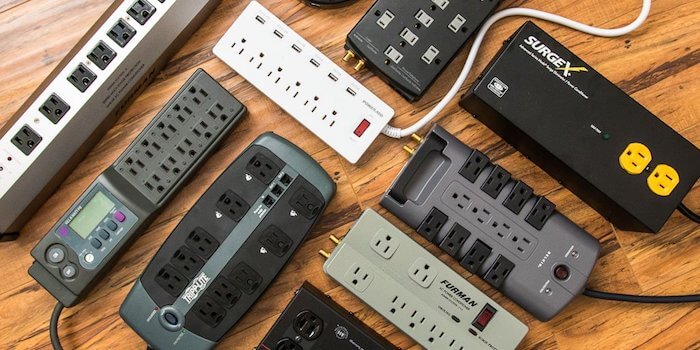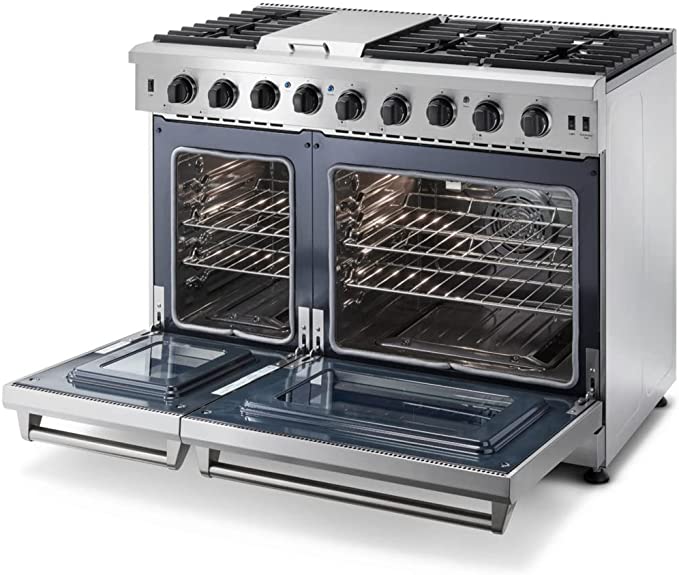How to Say Good Morning in Italian?
Before you travel to Italy, you may want to spend some time learning the basic greetings. Why? Because Italians are warm and welcoming by nature. So all it takes to spark a conversation is a brief exchange of words. However, conversation-wise, you will not get very far if you do not know how to say Good Morning in Italian.
The following greetings will prove to be essential throughout the day. But it is always better to delve a little deeper into the several variants to avoid embarrassing yourself or natives giving you funny looks. After all, the Italian language contains almost 300,000 lemmas, which means it is pretty complex for beginners to master.
Buongiorno
By far, Buongiorno is the greeting that almost every Italian learner learns first. It is a standard and widespread way to say “good morning” in Italian that native Italians use in every Italian region. As you will later see, regional variations exist as well.
Every beginner usually understands that Buongiorno literally means “good day.” And sometimes, Italians write it as two separate words (buon giorno), which is grammatically incorrect but popular online. In reality, you would write it as two words only when you need to specify that it is a good day—or in a similar context—just like you do in English.
You can use Buongiorno with anyone. Above all, it is customary to only say it once per person when you first meet them in the morning. Lastly, you may read it written as Bongiorno, which is correct but a more archaic way to write it.

Literal Meaning, Usage and Translation
Even though the word Buon means good, and Giorno means day, this greeting works only during the morning. More precisely, it belongs to the formal trio of standard social etiquette that applies to both the poor and the rich:
* Buongiorno, which you use from 5-6 AM to 1 PM
* Buon pomeriggio, a formal greeting Italians use when interrupting other people’s lunch or the following hours. Depending on the day, you would use it between 1 PM and 3 PM during the week. Or up until 6 PM on the weekend
* Buonasera, the most common greeting that you hear after 1 PM, which remains valid until you wish the other speaker good night with Buonanotte (which, on the other hand, is only a parting goodbye not to be used as a greeting)
Often, an interjection precedes it to express joy or surprise. Here are some conversational examples to give you a taste of what may come your way as you visit Italy:
* OH, BUONGIORNO! VENGA VENGA—pretty common across small local stores where the owner invites you inside. (Covid has nothing to do with it. They have been doing this for ages.)
* BUONGIORNO DOTTORE—if you are a male and look distinguished, Italians will use an honorific term like “doctor” (or Ingegniere/Engineer) to ingratiate you instead of the more formal Buongiorno signore. Native speakers would only use the latter formula when they know the person’s name. For example, Buongiorno Signor Rossi. Or when speaking with a very old customer or stranger.
* BUONGIORNO SIGNORA/SIGNORINA—this is the standard greeting for a married lady (signora) or a maiden (signorina).
* BUONGIORNO CAMPIONE/PRINCIPESSA—here is a playful greeting for kids: campione is like “champion” for the boys, and principessa, which is “princess,” for beautiful girls. Only use such a greeting with children if you know the parents, the kid, or want to project a confident persona.

More On Parting Words Buona Giornata
Like Buonanotte, Buona giornata lets you say goodbye to someone you met in the morning. At the end of the conversation, wave your hand or nod your head while saying it to look like a native Italian speaker. And smile.
Buona Mattinata
If you want to switch it up a little, use Buona mattinata instead of Buona giornata. This subtle variation focuses more on the actual time of day. In a sense, you can say it to encourage the person. For instance, if the counterpart informed you about all the tedious or nerve-wracking tasks that await them, you may use this goodbye with emphasis. The underlying message or tone could be one like “You can do it!” or, if you are talking to a friend, a more sarcastic “Don’t go nuts over it!”
Buon Mattino
Although it may sound weird to some Italian folks in the South, this version is also a possible way to say goodbye. The most appropriate context for this is the rural surroundings of more urban centers or little towns up in the mountains. In Italy, numerous people still live in villages scattered all over the Alps and the Apennine Mountains, the latter of which divide Italy in half.
VariationsBuondì (Buon dì is also a popular yet not grammatical written form)
Buondì is a friendly greeting that also means Buongiorno. In detail, “dì” is the word for “day” that people who live in Tuscany use. As Tuscany was long ago the region where the capital was for a while, the Tuscan dialect became part of what later became the Italian language. As a result, Buondì is somehow understood to this day by almost all Italians nationwide.

Today, Buondì is an informal greeting for people you know. But also for customers in retail and supermarket and welcoming bystanders on the street. But you would not use it to greet a physician or layer with whom you had no prior relationship.
This term also appears in some commercial ads as Buondì is the brand name of a well-known Italian snack. But apart from these exceptions, it rarely makes its way into the daily vocabulary. So, do not worry about it, especially if you will travel outside Tuscany.
‘Ngiorno, ‘Ndì, ‘Giorno
Here is how Italians abbreviate the previous greetings. As you can imagine, they are extremely informal ways to greet people. In my opinion, do not use them with strangers unless you want to appear lazy or surly. If you are going to use such a shorter form, use a more upbeat tone. Some cheerful Italians love to stretch the last vowel as they pass by, waving their hands and making a big fuss.






